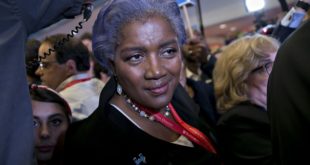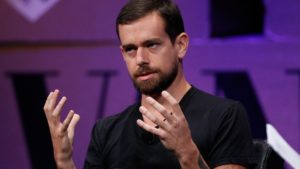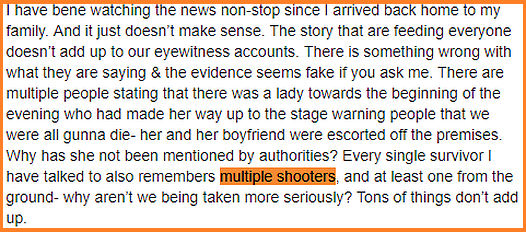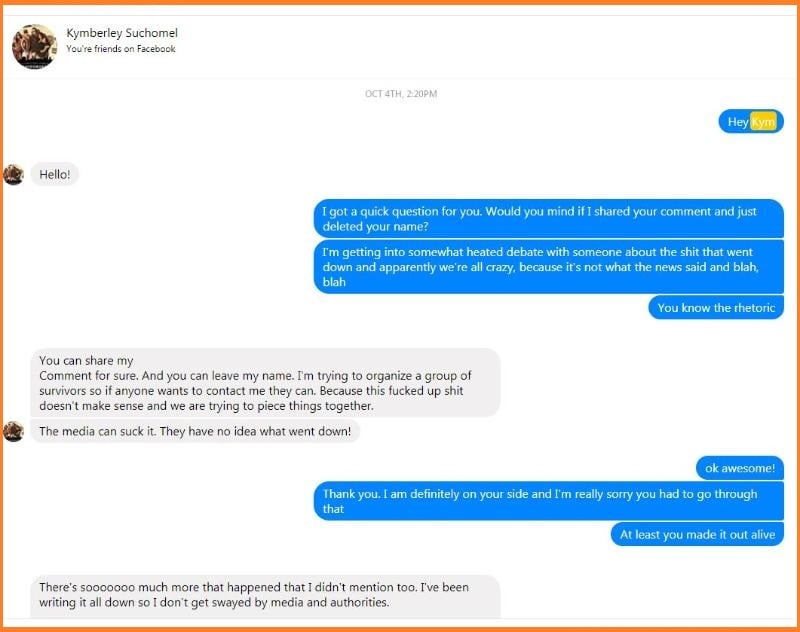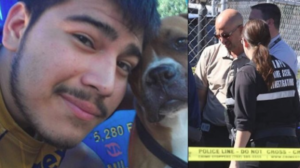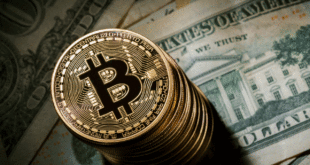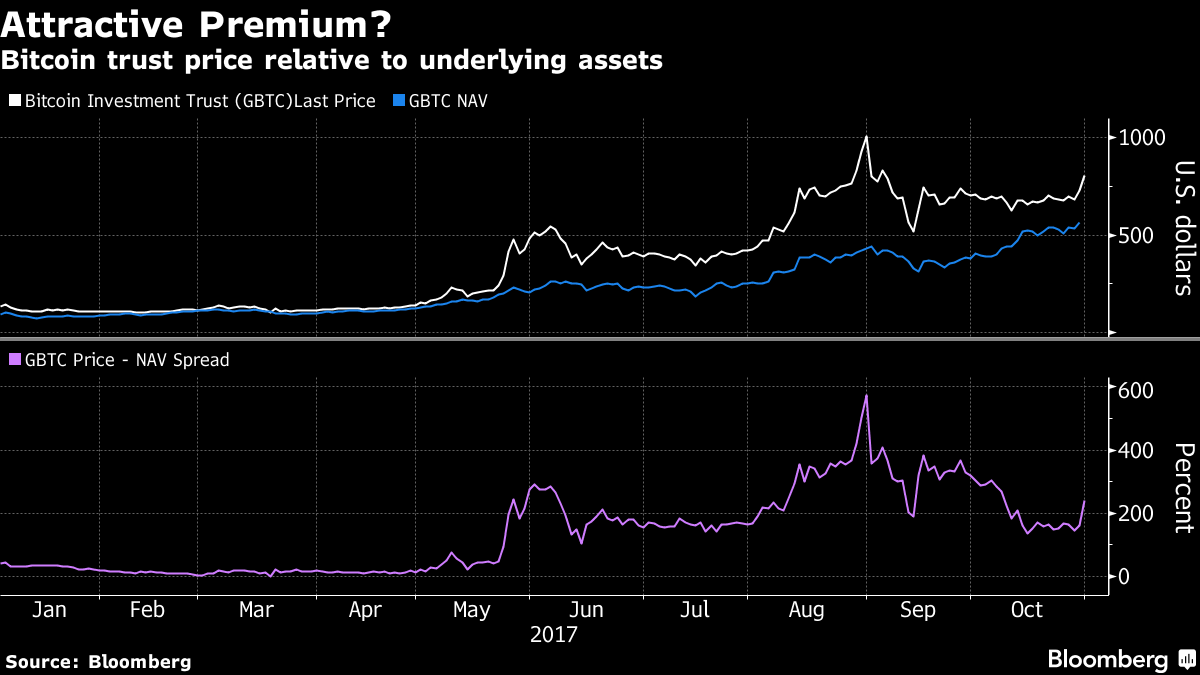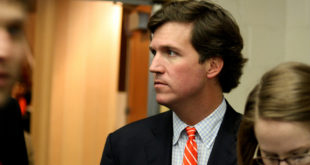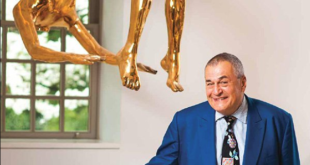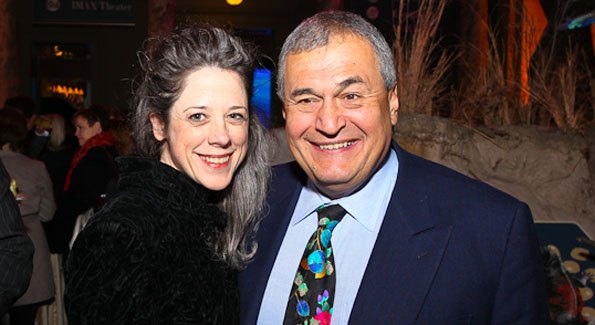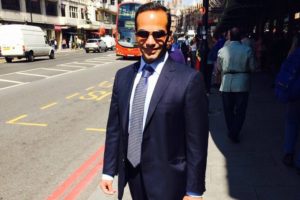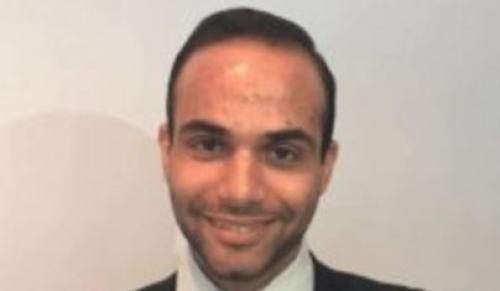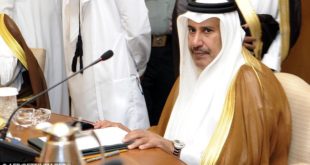 Donna Brazile, former chair of the DNC accused of helping ‘rig’ the 2016 primaries against Bernie Sanders, has written a book to tell her side of the story – and holy shit – what a disturbance in the force. To salvage her reputation, Brazile throws Hillary Clinton, Debbie Wasserman-Schultz, and even former President Obama completely under the bus as she describes Clinton’s control over the DNC, the rigged primaries, and the deep debt left by Obama’s 2012 campaign.
Donna Brazile, former chair of the DNC accused of helping ‘rig’ the 2016 primaries against Bernie Sanders, has written a book to tell her side of the story – and holy shit – what a disturbance in the force. To salvage her reputation, Brazile throws Hillary Clinton, Debbie Wasserman-Schultz, and even former President Obama completely under the bus as she describes Clinton’s control over the DNC, the rigged primaries, and the deep debt left by Obama’s 2012 campaign.
Politico published an excerpt from Brazile’s book, republished for your edification below.
——–
Inside Hillary Clinton’s Secret Takeover of the DNC
Before I called Bernie Sanders, I lit a candle in my living room and put on some gospel music. I wanted to center myself for what I knew would be an emotional phone call.
I had promised Bernie when I took the helm of the Democratic National Committee after the convention that I would get to the bottom of whether Hillary Clinton’s team had rigged the nomination process, as a cache of emails stolen by Russian hackers and posted online had suggested. I’d had my suspicions from the moment I walked in the door of the DNC a month or so earlier, based on the leaked emails. But who knew if some of them might have been forged? I needed to have solid proof, and so did Bernie.
So I followed the money. My predecessor, Florida Rep. Debbie Wasserman Schultz, had not been the most active chair in fundraising at a time when President Barack Obama’s neglect had left the party in significant debt. As Hillary’s campaign gained momentum, she resolved the party’s debt and put it on a starvation diet. It had become dependent on her campaign for survival, for which she expected to wield control of its operations.
Debbie was not a good manager. She hadn’t been very interested in controlling the party—she let Clinton’s headquarters in Brooklyn do as it desired so she didn’t have to inform the party officers how bad the situation was. How much control Brooklyn had and for how long was still something I had been trying to uncover for the last few weeks.
By September 7, the day I called Bernie, I had found my proof and it broke my heart.
***
The Saturday morning after the convention in July, I called Gary Gensler, the chief financial officer of Hillary’s campaign. He wasted no words. He told me the Democratic Party was broke and $2 million in debt.
“What?” I screamed. “I am an officer of the party and they’ve been telling us everything is fine and they were raising money with no problems.”
That wasn’t true, he said. Officials from Hillary’s campaign had taken a look at the DNC’s books. Obama left the party $24 million in debt—$15 million in bank debt and more than $8 million owed to vendors after the 2012 campaign—and had been paying that off very slowly. Obama’s campaign was not scheduled to pay it off until 2016. Hillary for America (the campaign) and the Hillary Victory Fund (its joint fundraising vehicle with the DNC) had taken care of 80 percent of the remaining debt in 2016, about $10 million, and had placed the party on an allowance.
If I didn’t know about this, I assumed that none of the other officers knew about it, either. That was just Debbie’s way. In my experience she didn’t come to the officers of the DNC for advice and counsel. She seemed to make decisions on her own and let us know at the last minute what she had decided, as she had done when she told us about the hacking only minutes before the Washington Post broke the news.
On the phone Gary told me the DNC had needed a $2 million loan, which the campaign had arranged.
“No! That can’t be true!” I said. “The party cannot take out a loan without the unanimous agreement of all of the officers.”
“Gary, how did they do this without me knowing?” I asked. “I don’t know how Debbie relates to the officers,” Gary said. He described the party as fully under the control of Hillary’s campaign, which seemed to confirm the suspicions of the Bernie camp. The campaign had the DNC on life support, giving it money every month to meet its basic expenses, while the campaign was using the party as a fund-raising clearinghouse. Under FEC law, an individual can contribute a maximum of $2,700 directly to a presidential campaign. But the limits are much higher for contributions to state parties and a party’s national committee.
Individuals who had maxed out their $2,700 contribution limit to the campaign could write an additional check for $353,400 to the Hillary Victory Fund—that figure represented $10,000 to each of the 32 states’ parties who were part of the Victory Fund agreement—$320,000—and $33,400 to the DNC. The money would be deposited in the states first, and transferred to the DNC shortly after that. Money in the battleground states usually stayed in that state, but all the other states funneled that money directly to the DNC, which quickly transferred the money to Brooklyn.
“Wait,” I said. “That victory fund was supposed to be for whoever was the nominee, and the state party races. You’re telling me that Hillary has been controlling it since before she got the nomination?”
Gary said the campaign had to do it or the party would collapse.
“That was the deal that Robby struck with Debbie,” he explained, referring to campaign manager Robby Mook. “It was to sustain the DNC. We sent the party nearly $20 million from September until the convention, and more to prepare for the election.”
“What’s the burn rate, Gary?” I asked. “How much money do we need every month to fund the party?”
The burn rate was $3.5 million to $4 million a month, he said.
I gasped. I had a pretty good sense of the DNC’s operations after having served as interim chair five years earlier. Back then the monthly expenses were half that. What had happened? The party chair usually shrinks the staff between presidential election campaigns, but Debbie had chosen not to do that. She had stuck lots of consultants on the DNC payroll, and Obama’s consultants were being financed by the DNC, too.
When we hung up, I was livid. Not at Gary, but at this mess I had inherited. I knew that Debbie had outsourced a lot of the management of the party and had not been the greatest at fundraising. I would not be that kind of chair, even if I was only an interim chair. Did they think I would just be a surrogate for them, get on the road and rouse up the crowds? I was going to manage this party the best I could and try to make it better, even if Brooklyn did not like this. It would be weeks before I would fully understand the financial shenanigans that were keeping the party on life support.
***
Right around the time of the convention, the leaked emails revealed Hillary’s campaign was grabbing money from the state parties for its own purposes, leaving the states with very little to support down-ballot races. A Politico story published on May 2, 2016, described the big fund-raising vehicle she had launched through the states the summer before, quoting a vow she had made to rebuild “the party from the ground up … when our state parties are strong, we win. That’s what will happen.”
Yet the states kept less than half of 1 percent of the $82 million they had amassed from the extravagant fund-raisers Hillary’s campaign was holding, just as Gary had described to me when he and I talked in August. When the Politico story described this arrangement as “essentially … money laundering” for the Clinton campaign, Hillary’s people were outraged at being accused of doing something shady. Bernie’s people were angry for their own reasons, saying this was part of a calculated strategy to throw the nomination to Hillary.
I wanted to believe Hillary, who made campaign finance reform part of her platform, but I had made this pledge to Bernie and did not want to disappoint him. I kept asking the party lawyers and the DNC staff to show me the agreements that the party had made for sharing the money they raised, but there was a lot of shuffling of feet and looking the other way.
When I got back from a vacation in Martha’s Vineyard, I at last found the document that described it all: the Joint Fund-Raising Agreement between the DNC, the Hillary Victory Fund, and Hillary for America.
The agreement—signed by Amy Dacey, the former CEO of the DNC, and Robby Mook with a copy to Marc Elias—specified that in exchange for raising money and investing in the DNC, Hillary would control the party’s finances, strategy, and all the money raised. Her campaign had the right of refusal of who would be the party communications director, and it would make final decisions on all the other staff. The DNC also was required to consult with the campaign about all other staffing, budgeting, data, analytics, and mailings.
I had been wondering why it was that I couldn’t write a press release without passing it by Brooklyn. Well, here was the answer.
When the party chooses the nominee, the custom is that the candidate’s team starts to exercise more control over the party. If the party has an incumbent candidate, as was the case with Clinton in 1996 or Obama in 2012, this kind of arrangement is seamless because the party already is under the control of the president. When you have an open contest without an incumbent and competitive primaries, the party comes under the candidate’s control only after the nominee is certain. When I was manager of Al Gore’s campaign in 2000, we started inserting our people into the DNC in June. This victory fund agreement, however, had been signed in August 2015, just four months after Hillary announced her candidacy and nearly a year before she officially had the nomination.
I had tried to search out any other evidence of internal corruption that would show that the DNC was rigging the system to throw the primary to Hillary, but I could not find any in party affairs or among the staff. I had gone department by department, investigating individual conduct for evidence of skewed decisions, and I was happy to see that I had found none. Then I found this agreement.
The funding arrangement with HFA and the victory fund agreement was not illegal, but it sure looked unethical. If the fight had been fair, one campaign would not have control of the party before the voters had decided which one they wanted to lead. This was not a criminal act, but as I saw it, it compromised the party’s integrity.
***
I had to keep my promise to Bernie. I was in agony as I dialed him. Keeping this secret was against everything that I stood for, all that I valued as a woman and as a public servant.
“Hello, senator. I’ve completed my review of the DNC and I did find the cancer,” I said. “But I will not kill the patient.”
I discussed the fundraising agreement that each of the candidates had signed. Bernie was familiar with it, but he and his staff ignored it. They had their own way of raising money through small donations. I described how Hillary’s campaign had taken it another step.
Bernie took this stoically. He did not yell or express outrage. Instead he asked me what I thought Hillary’s chances were. The polls were unanimous in her winning but what, he wanted to know, was my own assessment?
I had to be frank with him. I did not trust the polls, I said. I told him I had visited states around the country and I found a lack of enthusiasm for her everywhere. I was concerned about the Obama coalition and about millennials.
I urged Bernie to work as hard as he could to bring his supporters into the fold with Hillary, and to campaign with all the heart and hope he could muster. He might find some of her positions too centrist, and her coziness with the financial elites distasteful, but he knew and I knew that the alternative was a person who would put the very future of the country in peril. I knew he heard me. I knew he agreed with me, but I never in my life had felt so tiny and powerless as I did making that call.
When I hung up the call to Bernie, I started to cry, not out of guilt, but out of anger. We would go forward. We had to.
Donna Brazile is the former interim chair of the Democratic National Committee. Excerpted from the book Hacks: The Inside Story of the Break-ins and Breakdowns that Put Donald Trump in the White House to be published on November 7, 2017 by Hachette Books, a division of Hachette Book Group. Copyright 2017 Donna Brazile.

